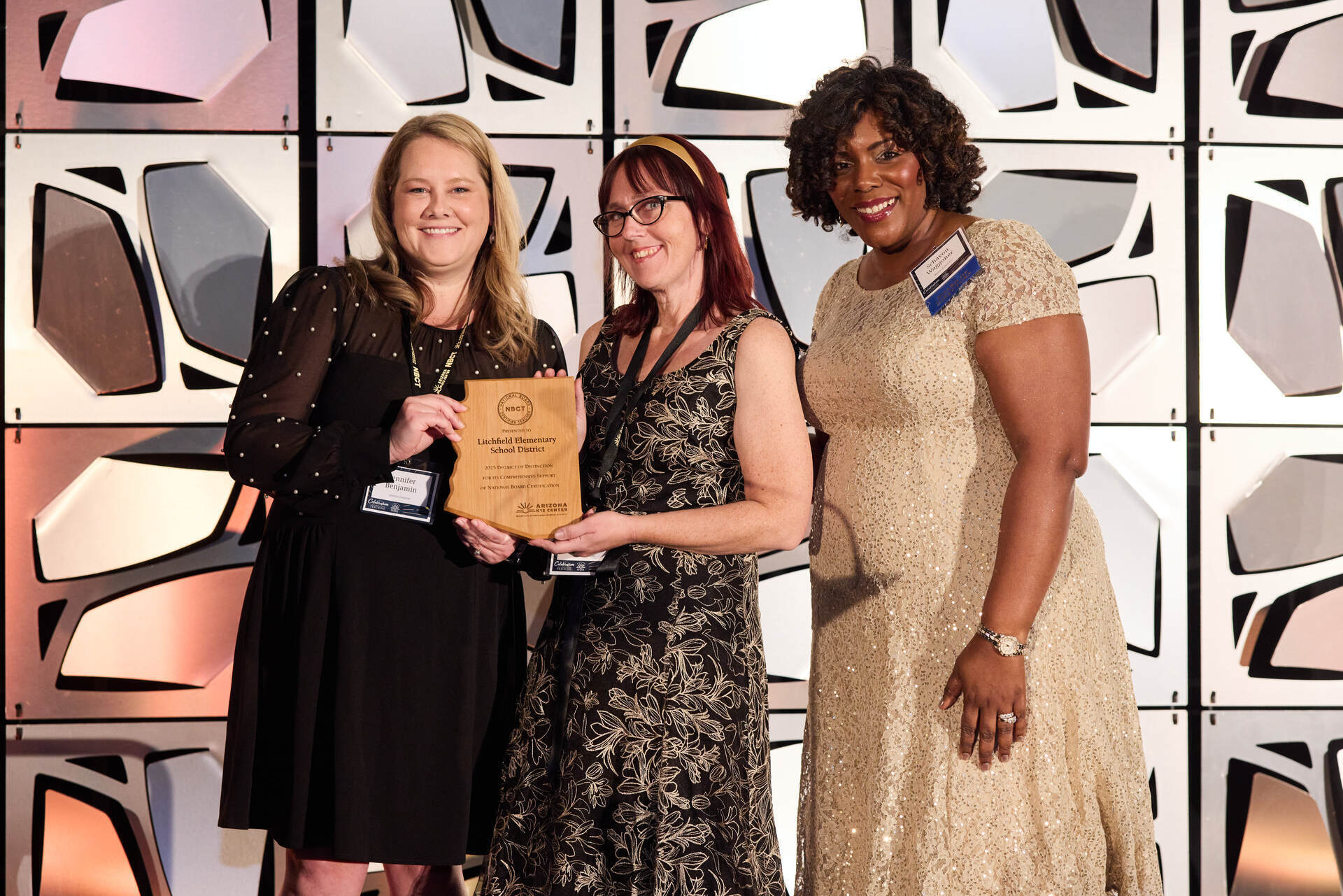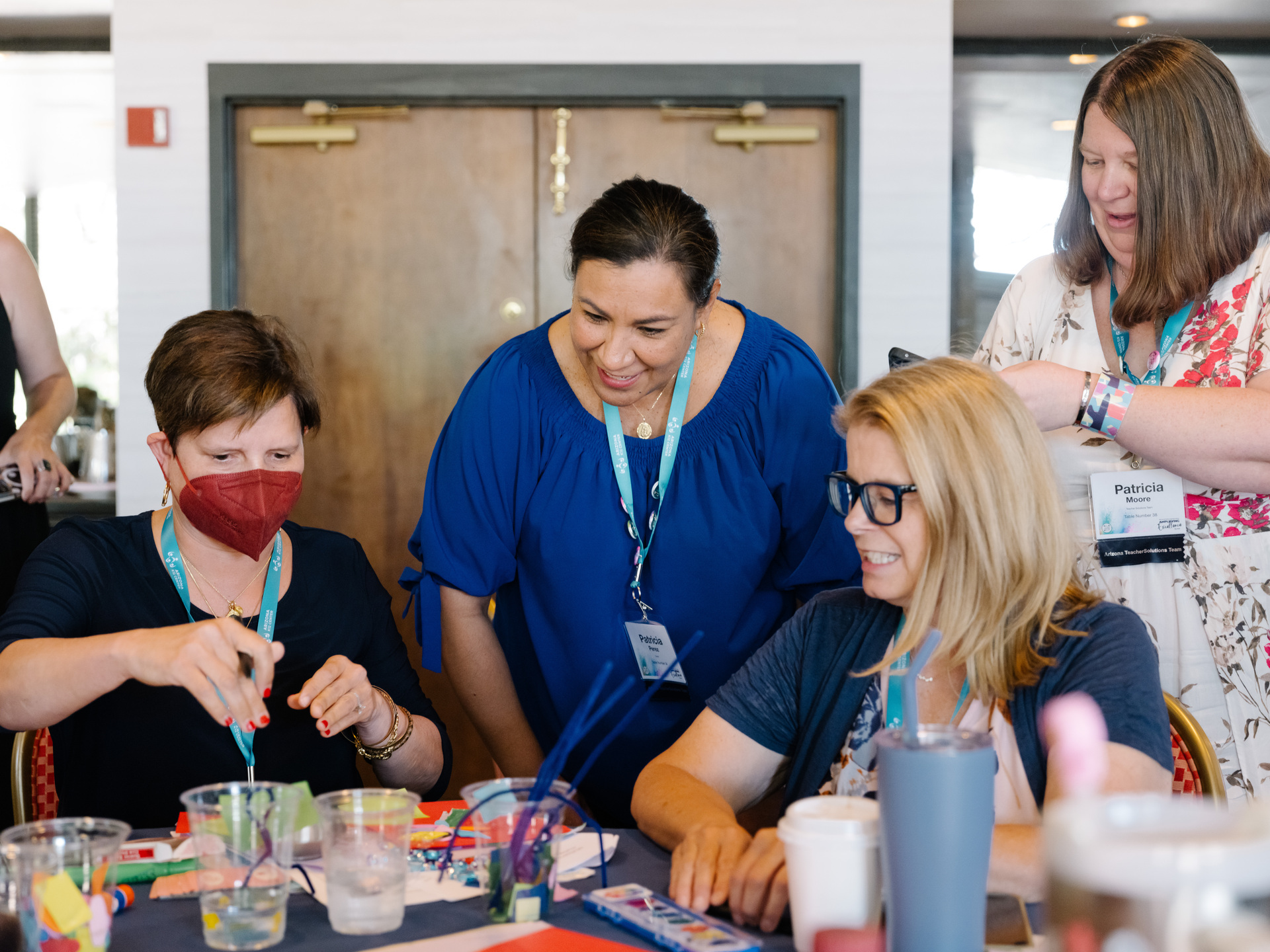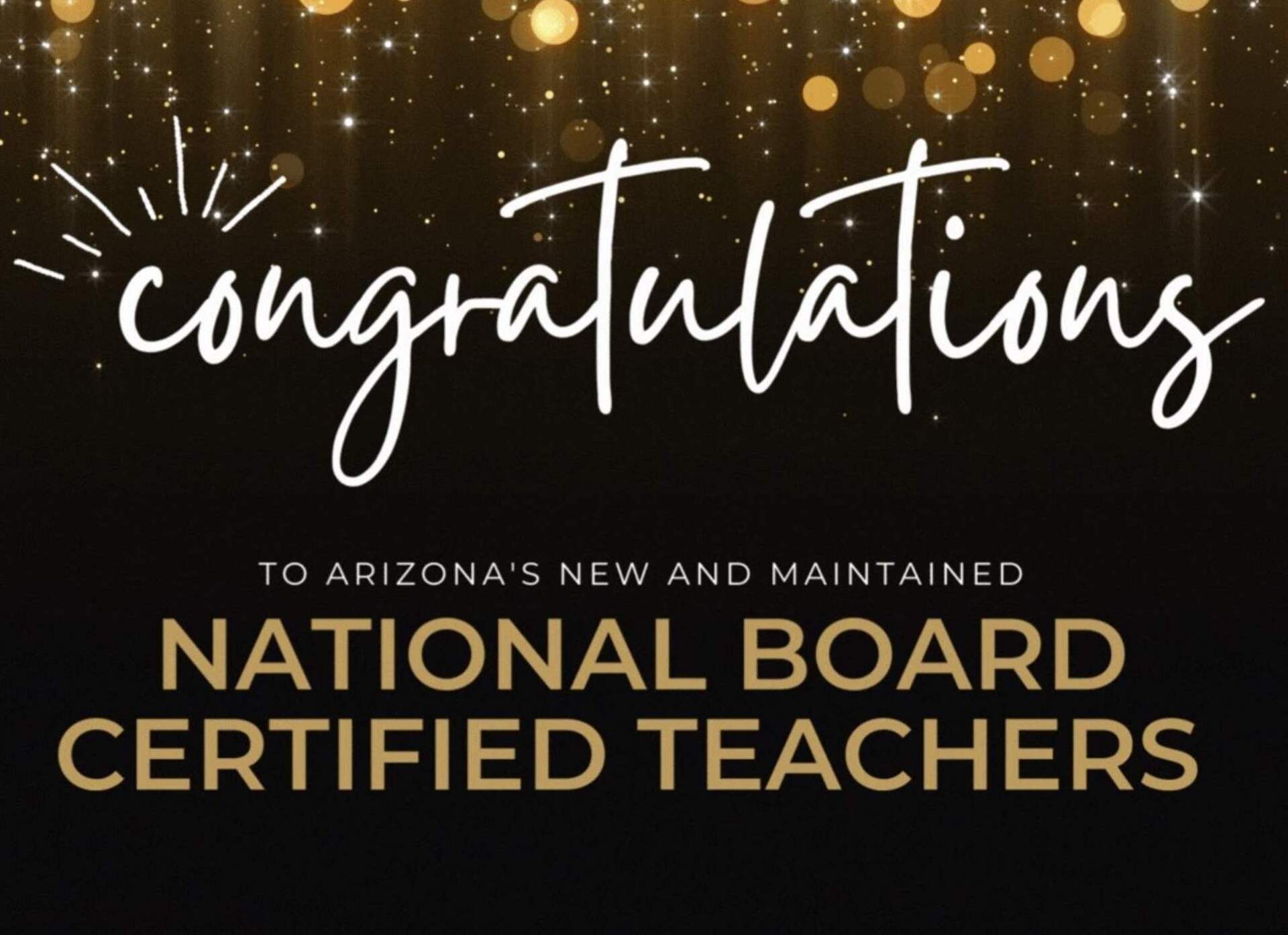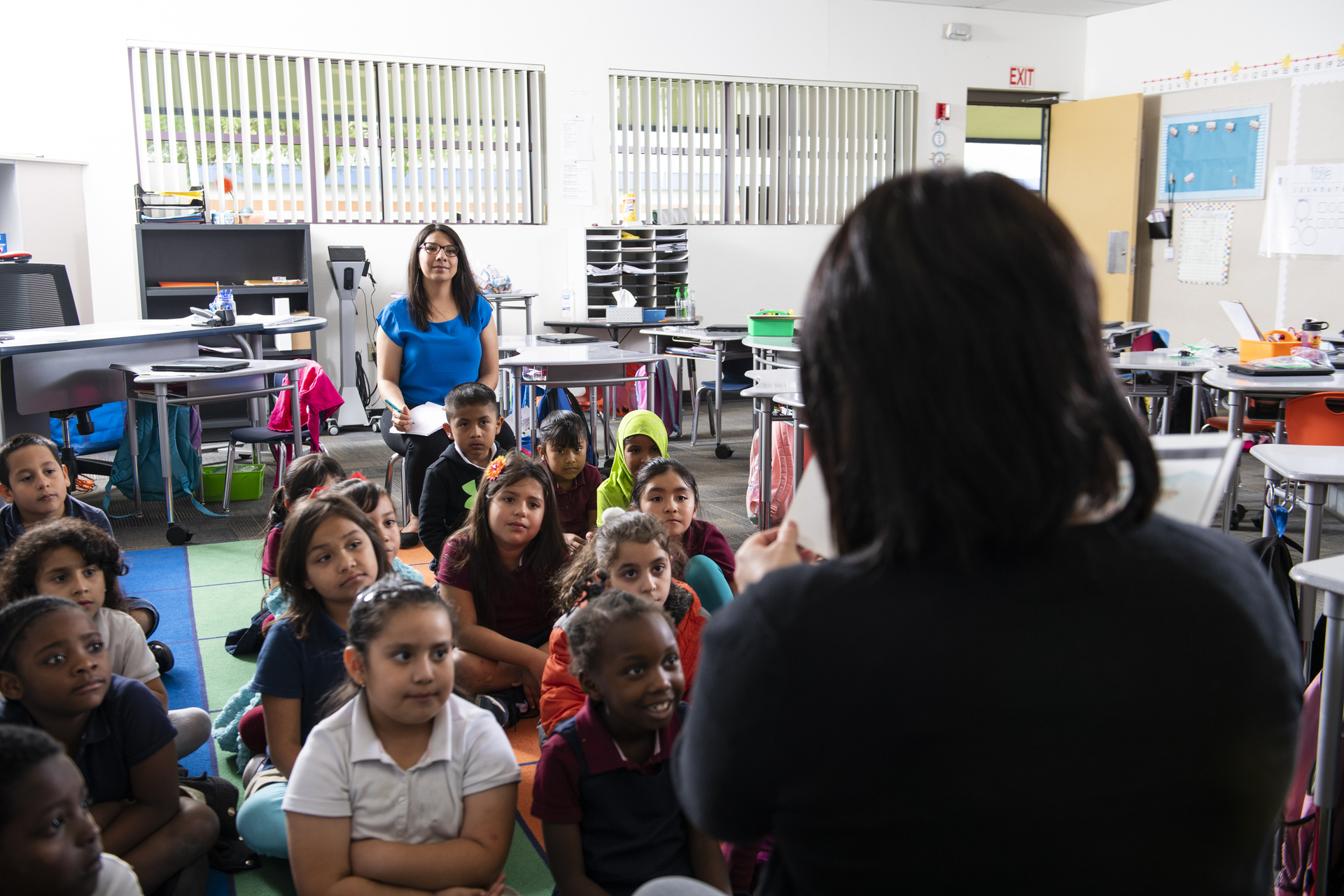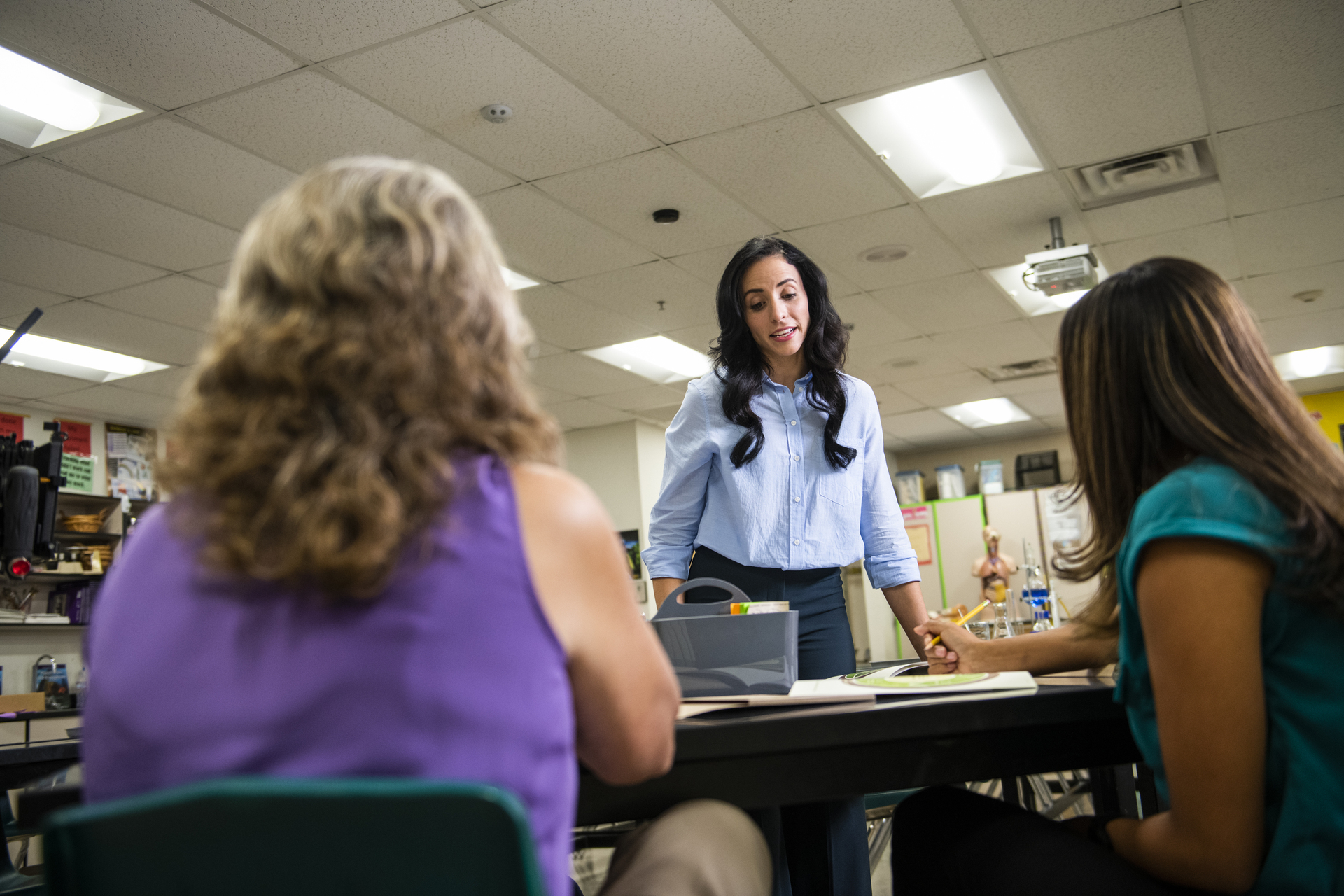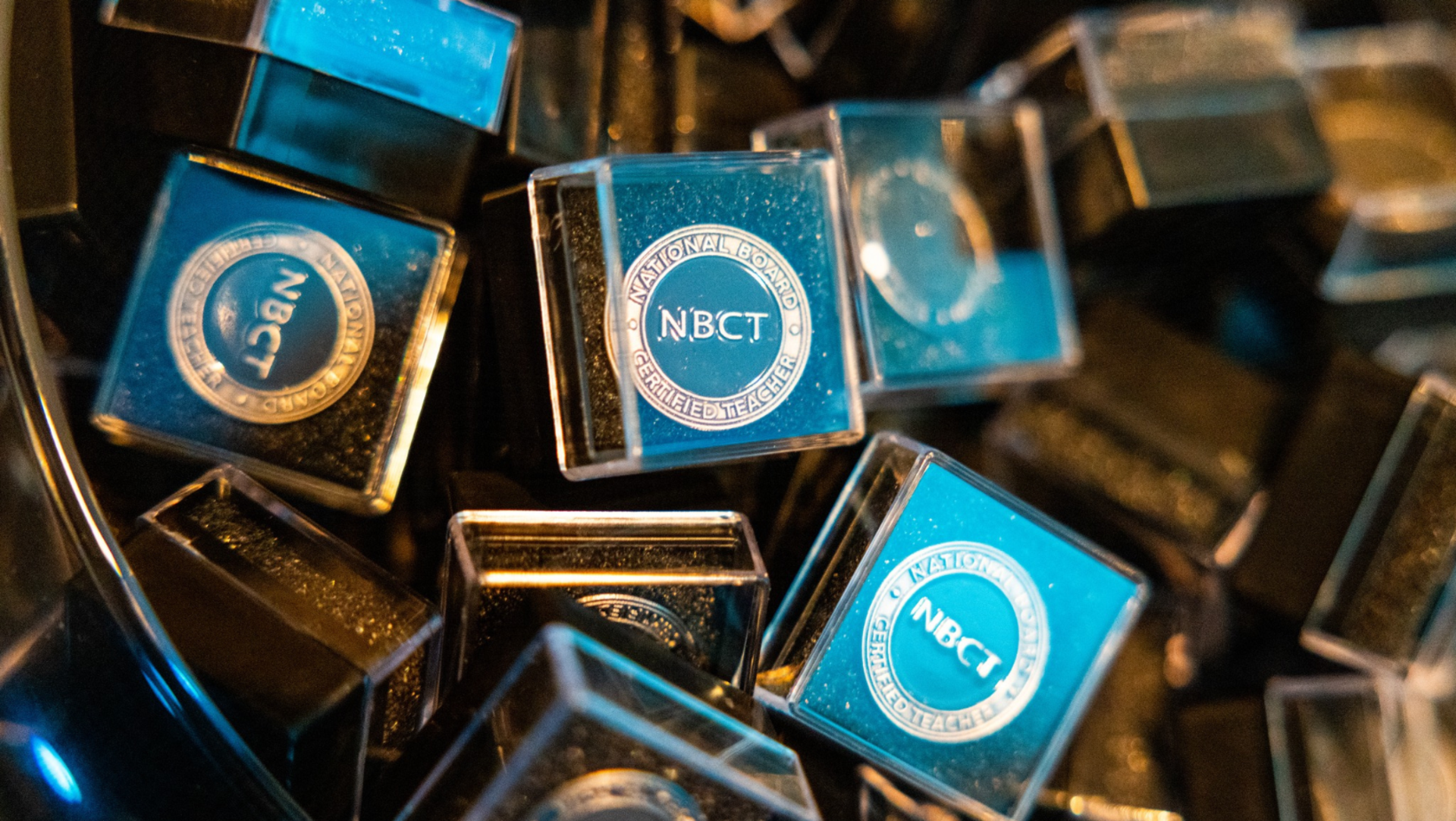Restorative Practices 101: An Intro to the Approach, Its Origin, and Benefits
The world of student discipline is one of the hardest parts of being a teacher — both with managing our own students and supporting those who miss class due to in-school detention or suspension.
Enter restorative practices, a novel approach to discipline and school culture. You may already be using the approach, training for future implementation, or not using it at all but curious about its potential.
Here we offer a quick introduction to what the restorative practices approach is, plus some suggestions on where to start if you are interested in taking a deeper dive.
What Is It?
The restorative practices approach is “a social science that studies how to build societal capital and achieve social discipline through participatory learning and decision making,” according to the International Institute for Restorative Practices.
Where Does It Come From?
Restorative practices stem from restorative justice in the criminal justice system, which was implemented to address the huge number of people entering (and re-entering) the prison system, and the fact that these individuals are disproportionately Black, Hispanic, and low-income.
The Restorative Justice Model
In this model, the offender and victim come together (in a “restorative circle”) to discuss the crime, its effects, and how the offender can make amends. Restorative justice has been attributed to decreases in re-incarceration, improved rehabilitation, increased sense of closure for victims, and increases in cost effectiveness as compared with the traditional model, according to an article from Greater Good Magazine, which is managed by The Greater Good Science Center at the University of California, Berkeley. Note: While restorative practices are both proactive and reactive, restorative justice is typically more reactive in its approach.
The Transition to Schools
The restorative justice model was transferred to schools as a response to the school-to-prison pipeline. The traditionally punitive disciplinary system relies on law enforcement to dole out discipline, and/or leverages detention and suspensions as punishment. Since students of color (along with students with disabilities and LGBTQ students) are more likely than their white peers to receive these types of punishment, the system has disproportionately affected them, according to the NYCLU.
With districts increasing their focus on equity and scrutiny of zero-tolerance disciplinary policies, many have turned to restorative practices in schools as an alternative that may help decrease suspensions (both in terms of racial disparities and overall numbers), improve school climate, and increase graduation rates.
The Impact on Schools
Few studies have been conducted to assess the impact of restorative practices in U.S. schools, likely due to how new the approach is in this country. But schools and/or districts that have thoughtfully implemented restorative practices — by accepting it into their culture, providing long-term financial backing, and properly training teachers and administrators — have reported largely positive results, according to a study conducted by the WestEd Justice & Prevention Research Center. Many teachers and students, however, have expressed poor experiences with restorative practices, typically due to more than one of the aforementioned factors being absent from the implementation equation.
While you may be wishing for some easy tips to help make your own classroom more responsive, the restorative practices model is one that requires the entire school community’s support to see success. Even then, it may take years to see a culture shift.
Ways To Learn More
If you’re interested in learning more about restorative practices for your school and/or district, you can start by educating yourself. Peace Through Education, for example, compiled a list of recommended reads on restorative practices. If available near you, you can also spend an observation day at a school that has successfully implemented restorative practices. Finally, if you are really craving easy-to-implement strategies, start by fostering positive relationships with your students; check out these tips as a starting point.

